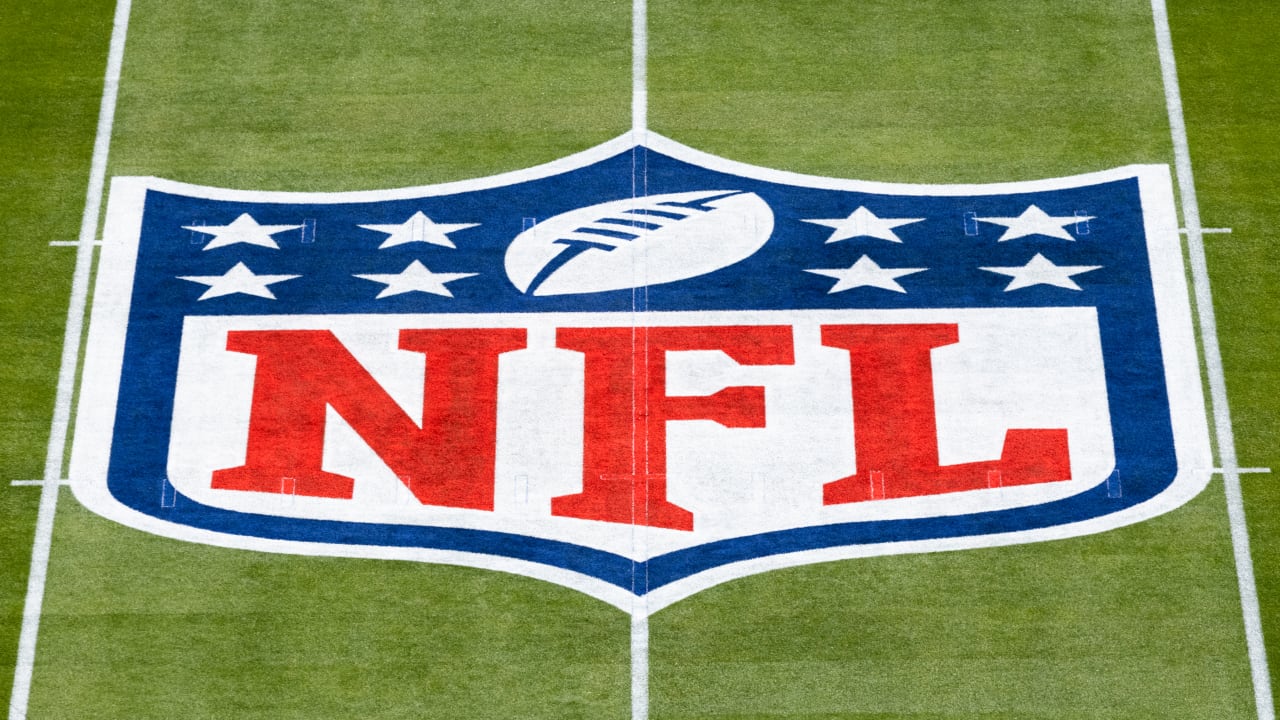
LOS ANGELES — The NFL is taking a hard look at special teams, which had a disproportionate number of injuries this season.
While league executive vice president Jeff Miller stopped short of saying rules changes to further limit kick plays could be coming, the concern over the amount of concussions and lower extremity injuries was clear in a Zoom call Monday.
According to Dr. Allen Sills, the NFL’s chief medical officer, and Miller, one in six concussions came on special teams. Add in 30% of major knee injuries (mostly ACL tears) and 29% of other lower body injuries were on kick teams.
Considering that only about 17% of all plays involve special teams, those numbers are alarming.
“That’s a primary area of focus on the health and safety side,” Miller said, “to take a look at kickoff and punt. That jumps up in what otherwise is a very good story.”
The “good story” includes a decrease in concussions overall. But the concussion rate on punts in particular could lead to action as soon as the owners’ meetings at the end of March.
“We think that is something that demands our attention,” Sills said. “The punt play is the one we particularly would be targeted by us. The data speaks for itself, the rate of injury far exceeds others.”
While it is worrisome that recent changes to kick team rules don’t appear to have had much impact on the injury front, there are other ways of trying to make them safer. Those would include revamping techniques players use, plus using the data collected to specify areas to clean up.
Data released Monday by the NFL showed 187 concussions during the 2021 season, including preseason, all practices and games. While that is up from 172 the previous season, there were no exhibition games in 2020 because of the COVID-19 pandemic. The concussion rate overall declined.
Encouraged by the trend of decreased concussions, Sills believes much more can be done.
“We are pleased with the concussion numbers, but we feel it’s not the full picture,” Sills said, “and we really want to aggressively reduce and work to eliminate avoidable head contact.”
Miller noted that the increase from 16 to 17 games in the regular season, dropping one preseason game, did not appear to affect injury trends.
The preseason had the highest injury rate — soft tissue injuries are common in training camp and in exhibition games — and the new 18th week didn’t result in a spike of injuries.
“We didn’t see it,” Miller said. “The injury rate in the last week of the regular season was no higher than previous weeks; there seemed to be a bit of a drop-off.”
As for COVID-19 cases and testing, both Sills and Miller believe the league’s protocols worked. Even when the omicron variant hit in December, Sills said it’s like a tidal wave, and that the numbers surged, then dropped precipitously.
There were 347 positives the week of Dec. 19, Sills noted, followed by 411 the next week, then 216 in the final week of the regular season. There were only 37 cases among the 14 playoff teams.
“What we have seen with omicron is what we have seen around the world,” Sills said.
When asked about a potential positive test on the Rams or Bengals this week that would cause a player to miss the Super Bowl, Sills replied it is “absolutely” possible.
Then he affirmed his faith in the protocols and both teams.
“There is a culture of recognition within the team,” he explained. “If a player’s displaying obvious symptoms, no one wants that individual spreading that around the team. There is a lot of self-regulation in these playoffs and with Super Bowl-bound teams.”
This news is republished from another source. You can check the original article here


